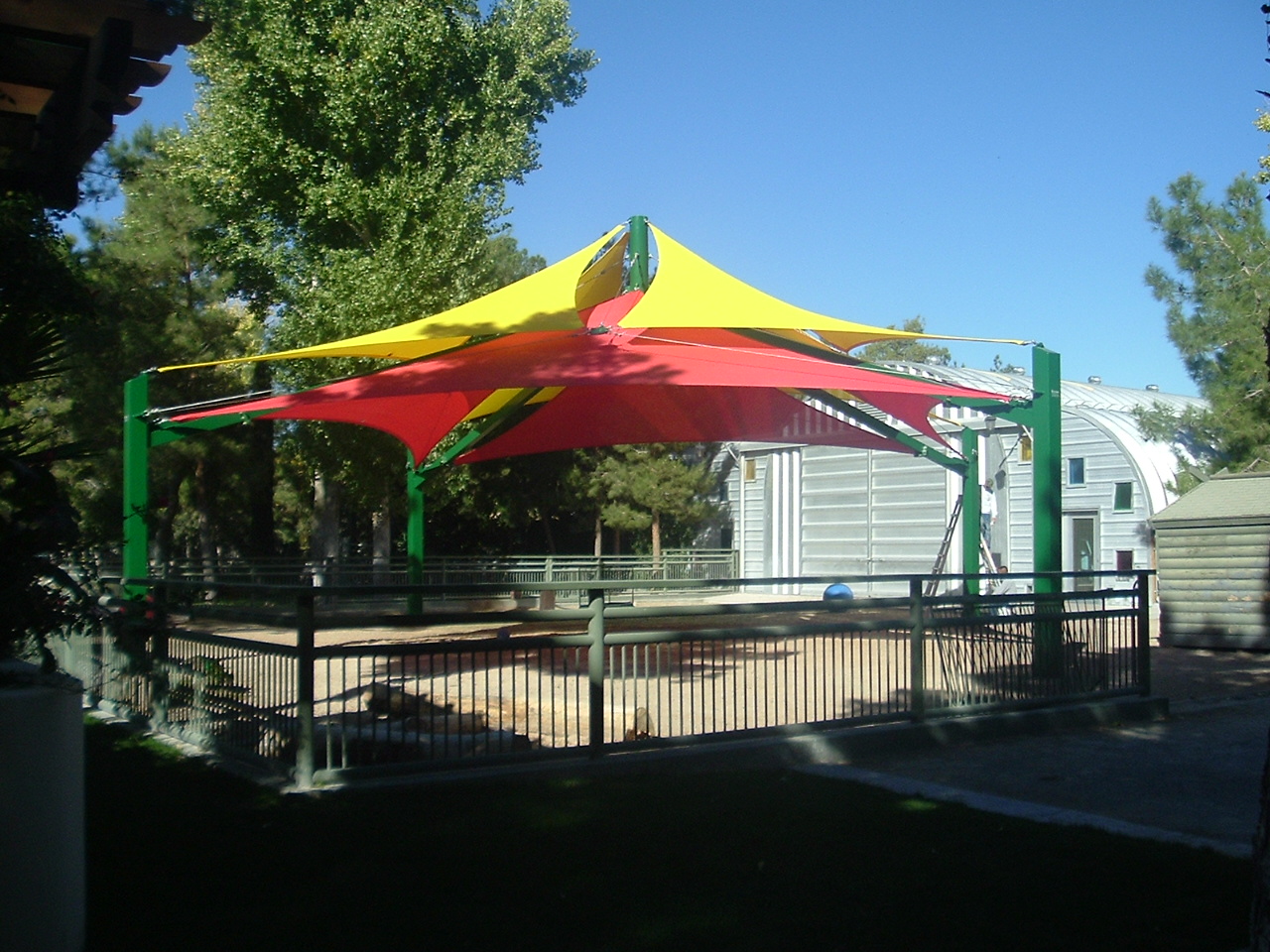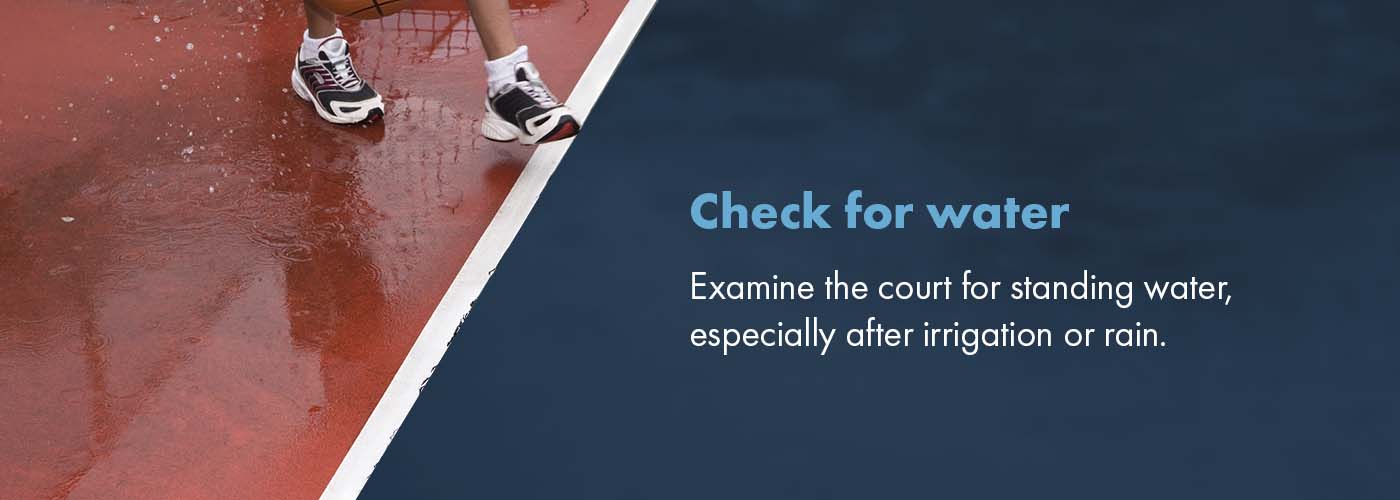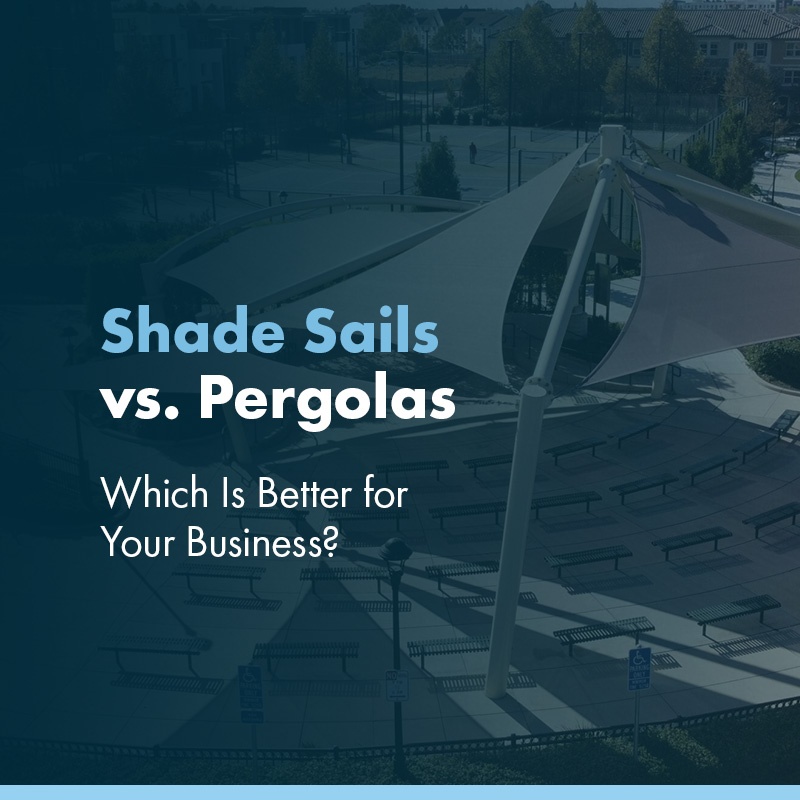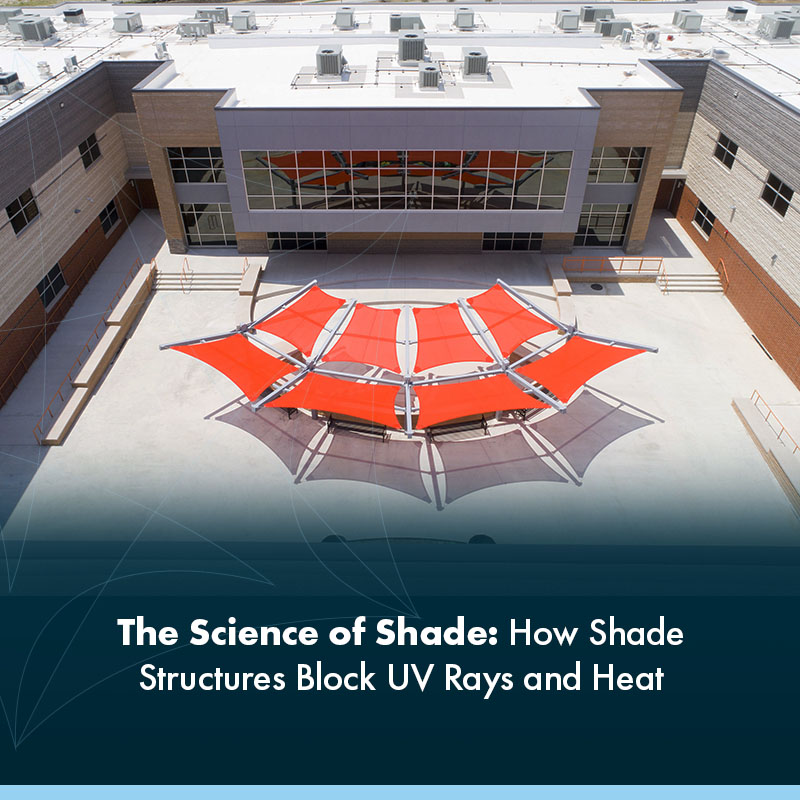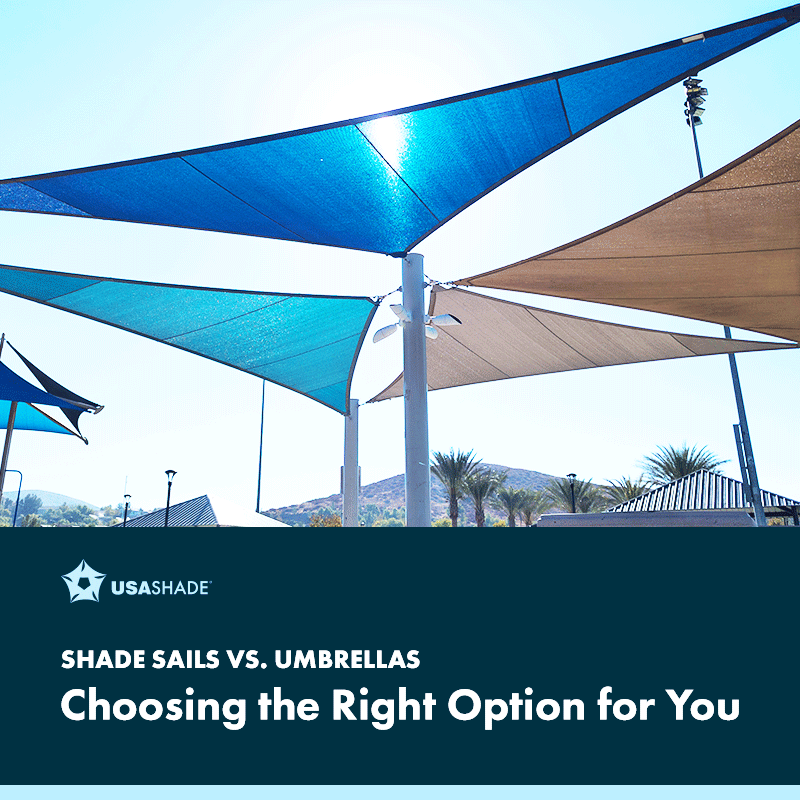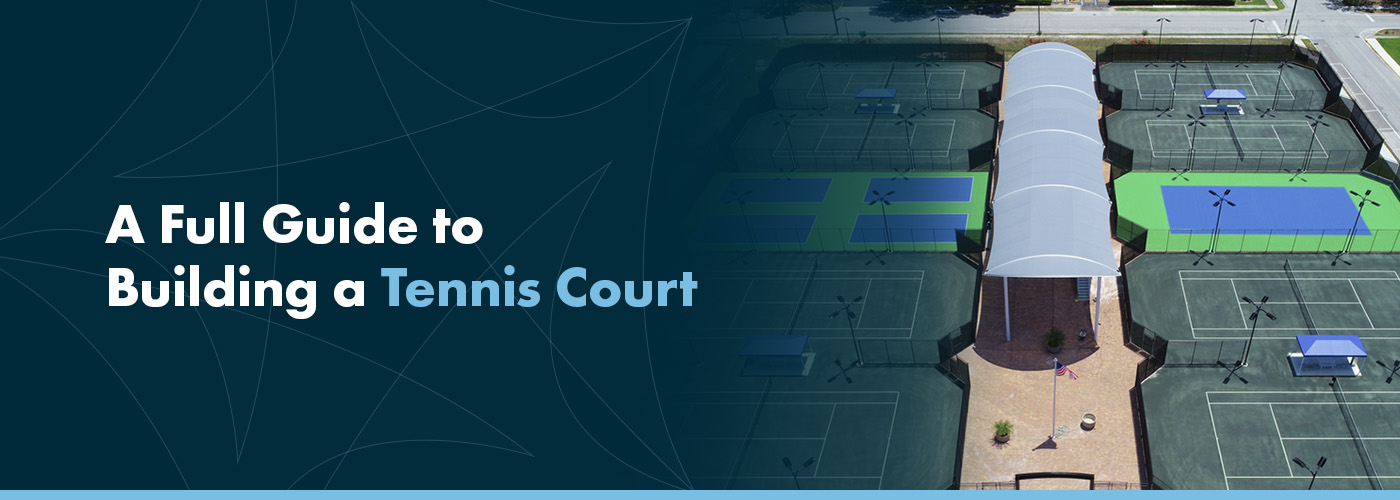
Tennis is more than a fun game. It can have positive benefits for the body and mind and create valuable social connections, bringing people from different backgrounds together. A well-designed tennis court can make all the difference in providing these benefits.
Installing a tennis court starts with proper design and planning. Each element, from the foundation to the fencing, combines to create a perfect playing experience. This comprehensive guide covers everything you need to know about tennis court design, with planning considerations, dimensions and the steps for building a top-class court.
Tennis Court Design Considerations
Before you design your tennis court, you must decide its purpose. Is it for community recreation, a school team or competitive play? Its use can determine the best construction materials, surfaces and features. Consider the following when planning your tennis court:
Dimensions and Specifications
How much space do you need for a tennis court? A good general rule is to follow International Tennis Federation (ITF) regulations. Courts that support singles and doubles should measure 78 feet in length and 36 feet in width, or 2,808 square feet. A singles-only court is narrower at 78 feet long and 27 feet wide. These measurements exist outside the painted lines and exclude back and side run-off space.
The total space needed includes a 3- to 10-foot fence or backstop area. The overall measurements are as follows:
- Competition: The court length must be 102 feet long and 51 feet wide, with a total surface area of 5,202 square feet.
- Recreation: A total court length of 99 feet with a width of 49 feet suits recreational courts. The total court surface area is 4,851 square feet.
Ensure you have enough space to meet the maximum dimensions at your chosen location.
Markings and Lines
Most tennis courts have markings for singles and doubles matches — baseline width is up to 4 inches, service lines are 2 inches and other lines are 1 to 2 inches. Here is a breakdown of court lines:
- Baseline: This line is parallel to the net, defining the back of the court on each side. The length is 36 feet for doubles and 27 feet for singles.
- Center mark: Dividing the baseline in half, the center mark is the shortest line at 4 inches long.
- Service line: The 27-foot-long service line is halfway between the baseline and net and marks the end of the service boxes.
- Center service line: This line is 42 feet long and runs perpendicular to the net. Connecting the middle of the service line on both sides creates two service boxes on each side of the court.
- Sidelines: Single and double sidelines are 39 feet long and define side boundaries.
Cost to Build a Tennis Court
Tennis court costs depend on factors such as land preparation, surface material, labor and features. The average costs range from around $25,000 for clay to $115,000 for concrete.
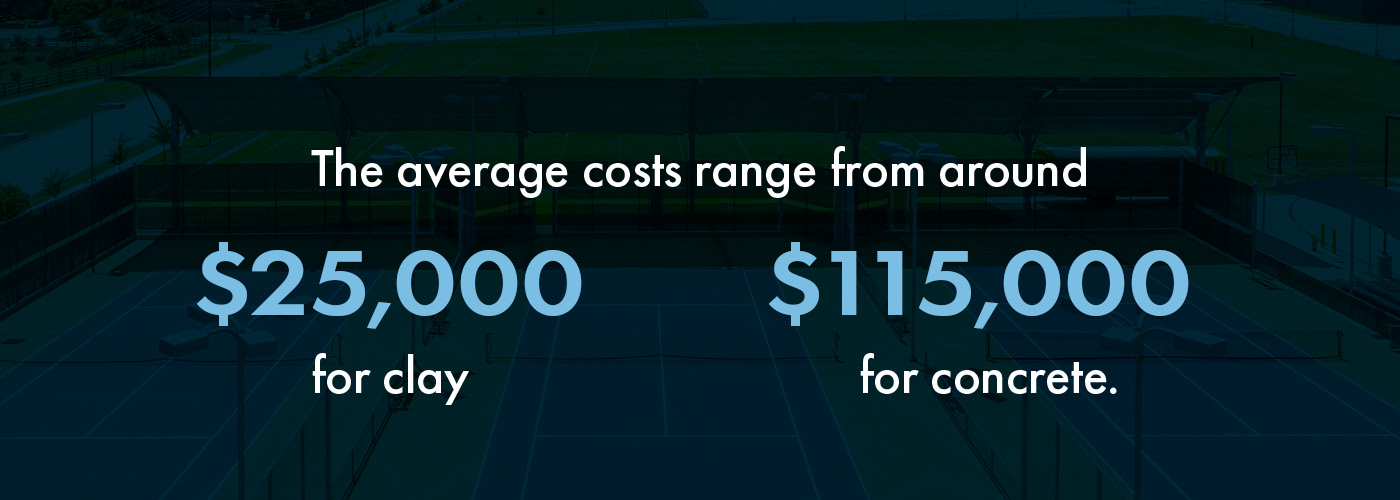
When creating a budget, include the following costs:
- Land preparation: Costs include leveling or regrading, filling or removing dirt, excavation and gravel.
- Foundation: The foundation cost depends on the surface material.
- Surface prices: Options include artificial grass, sod, outdoor carpet, rubber tiling or acrylic. AstroTurf is more expensive, while sod and outdoor carpet are more budget-friendly.
- Fencing: A fence’s height, material and size affect its cost.
- Lighting: Residential, community or competitive courts may have different lighting requirements. The amount you spend on lights will vary according to the court size and type of lighting.
- Parts and accessories: Common parts include backboards, equipment storage, and net sets. Accessories like waterproof shade structures cost extra but can enhance the experience.
- Maintenance: Tennis courts need regular maintenance. Budget for tasks like resurfacing, resealing and repainting.
If your tennis court is for public use, you could secure funding. Schools, community organizations or municipalities may be eligible for government grants. Private sponsorships can also help local businesses and clubs. The United States Tennis Association (USTA) offers grants to charter schools, higher education institutions and nonprofits.
Permits and Regulations
Outdoor tennis courts must meet zoning laws, environmental regulations and safety standards. You must also get the relevant permits, which can differ at the state or city level. Local building authorities enforce building codes and issue permits, which cover:
- Zoning and permitting: Check zoning ordinances for your area. Permits for constructing a tennis court may include building, grading, electrical and plumbing permits.
- Site planning: Your court must meet setback, lighting, fencing and landscaping requirements.
- Grading and drainage: Court design should comply with state-specific regulations. These standards prevent damage from water or flooding.
- Specs and materials: All materials and construction techniques must meet building code standards.
- Accessibility: Outdoor courts must abide by Americans with Disabilities Act (ADA) sports facility standards. Considerations include but aren’t limited to accessible routes, ramps and court dimensions.
Using sustainable materials and energy-efficient lighting helps your court meet environmental regulations. Smart irrigation systems can reduce water usage on clay courts.
Construction Guidelines and Standards
The American Sports Builders Association (ASBA) offers detailed guidelines for tennis court construction. Your court must adhere to governing body regulations for tournaments or competition use. ITF, USTA and ASTM International standards cover dimensions, surfaces, player safety and net height.
Steps for How to Build a Tennis Court
You’ve planned out your perfect court and have considered all the important factors. Now, it’s time to put your plans in motion. Follow these 10 steps for building a tennis court:
1. Determine the Right Location
The ideal location is about more than dimensions. You need to consider the court’s orientation, layout and surrounding space:
- Orientation: ASBA guidelines state that tennis court layout should consider the angle of the sun. An ideal orientation avoids direct sun in players’ eyes or distracting shadow lines on the court’s surface. Other factors like neighboring properties, traffic and winds also impact the orientation.
- Layout: Courts need runback space, which is extra space outside the playing area for players to move. The recommended runback is 27 feet for competitive courts and 21 feet for professional courts. A side clearance of 12 to 15 feet is also needed.

- Surrounding space: You may need extra space for spectators or amenities. Municipalities or schools planning multiple courts must consider restroom access and seating.
Weather, accessibility and the landscape can also determine the right location for your court.
2. Choose the Surface Type
Climate and the court’s intended use influence surface material choice. Consider the pros, cons and features of each surface type:
- Clay: Professional and recreational courts often use clay for a slow ball bounce. The initial cost for clay courts is low, but they need regular maintenance. The ongoing costs of watering and leveling can add up over time.
- Grass: Considered the most traditional surface, tournaments like Wimbledon use grass courts. This fast, low-bounce surface comes with high installation and maintenance costs. Grass courts need ongoing upkeep, including watering and mowing.
- Concrete or asphalt: Durability and low-maintenance hard surfaces are popular for public courts. These surfaces offer a medium-to-fast bounce but put more strain on the body.
- Synthetic or artificial turf: This surface material balances padding and longevity. It suits both competition and recreation.
- Cushioned hard court: A shock-absorbing layer adds player comfort. This surface requires little maintenance, but the initial cost is high.
- Modular tiles: Multi-use or temporary facilities benefit from easy-to-install interlocking tiles.
Weigh function, aesthetics, use, maintenance and player experience to find the ideal surface.
3. Clear and Level the Site
Before constructing the court, the contractors must level the ground and clear any debris. Grading involves reshaping the landscape to ensure effective water drainage. This vital first step protects the court surface from future damage.
4. Ensure the Proper Slope and Drainage
Tennis courts require a slope of around 1% for water redirection. Outdoor courts must have drainage around the perimeter to prevent standing water. Slope and drainage ensure proper water runoff, preventing water accumulation that can damage the surface and compromise playability.
5. Lay the Foundation
The foundation maximizes performance, supports the court surface and protects against cracking. A solid foundational layer enhances the court’s longevity. Two foundation options exist — concrete and post-tensioned slab:
- Concrete slab: The most common foundation type, concrete slab offers stability and cost-effectiveness. However, traditional concrete slabs can crack over time.
- Post-tensioned concrete slab: Steel cables inside the concrete reduce cracking. This more durable option is suitable for competitive or heavy-use courts.
6. Install Drainage and Irrigation Systems
Proper drainage is crucial to tennis court construction. Exposure to water or moisture can compromise the court’s integrity over the long term. When water infiltrates the surface, it can cause blistering and erosion. A slippery surface also increases the risk of player injury. Wet conditions can affect gameplay and damage equipment.
Installing subsurface drainage prevents cracks, water accumulation and surface degradation. This system prolongs the court’s life span, ensuring play can continue in changing weather conditions. For added protection, a waterproof shade structure can keep the surface dry on rainy days.
If you choose a clay or grass court, consider irrigation. These surfaces need consistent watering, and an irrigation system enhances the court’s condition and lessens water wastage.
7. Establish Perimeter Fencing
Fencing keeps the ball inside the play area, protecting players and spectators. Several factors influence tennis court fencing:
- Height: The standard fence height is 10 feet for public courts and 8 feet for residential courts.
- Material: Chain-link is a durable, low-maintenance fence choice. Vinyl-coated fencing offers visual appeal and can blend with the surrounding landscape. Other materials include aluminum, steel, PVC or wood.
- Wind resistance: Strong winds can affect gameplay. Installing wind barriers in the fencing reduces wind interference.
8. Add Lighting for Night Play
Good lighting allows night or low-light games, maximizing the use of your tennis court. A single court needs eight light poles at a height of 12 feet, positioned to avoid shadows or glare. Choose energy-efficient LED lights for sustainability, lower costs and bulb longevity.
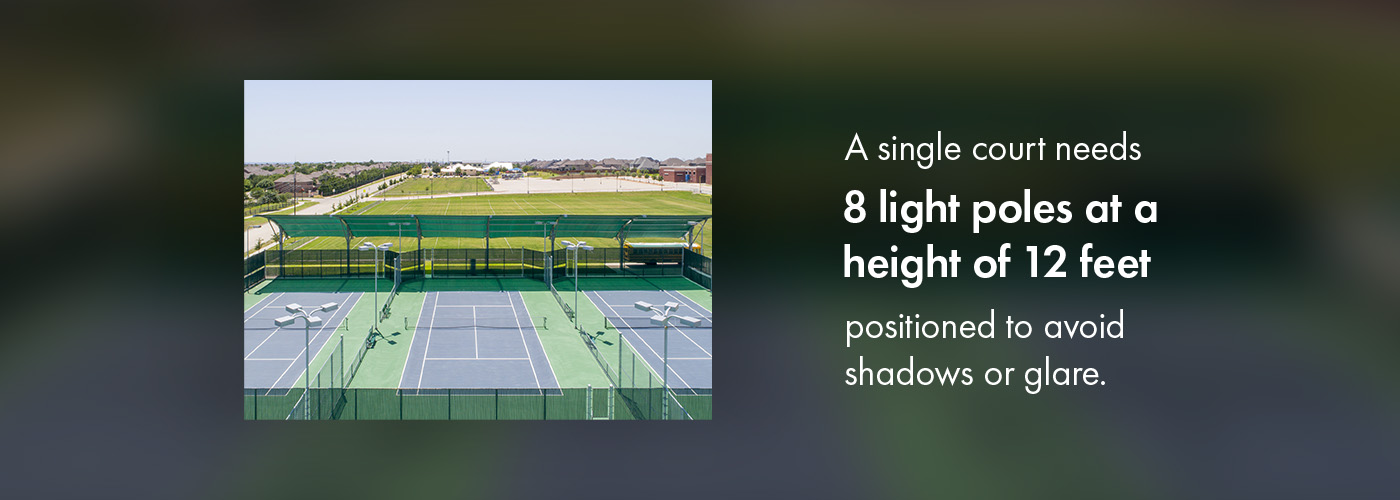
9. Select the Right Tennis Net
The net is a vital component of your court and has regulations for competition. Familiarize yourself with ITF rules and regulations for competitive match net requirements. There are three different types of nets:
- Singles or doubles net: If your court accommodates double and singles play, you need a doubles net. This net is typically 42 feet long by 3.5 inches high. For singles courts without double alleys, a 33-foot long, 3.5-inch high single net will work.
- Portable net: These nets suit courts where children of 10 and under play. You can pack up these nets for tennis on the go.
- Rebound net: When a player hits a ball against this large, freestanding net, it rebounds. A rebound net is ideal for practicing serving, groundstrokes and volleys.
10. Consider Other Tennis Court Installation Recommendations
As you finish your tennis court, follow these suggestions for success:
- Hire professionals: Constructing a tennis court is a job best left to professional contractors. ASBA-certified builders will know how to construct and maintain a court.
- Invest in accessories: Amplify your court with equipment like ball baskets, maintenance tools, scoreboards and seating.
- Incorporate landscaping: The natural environment can enhance the court’s appearance and function. Low-maintenance trees or plants can offer wind protection. Avoid trees with roots that may impact the court’s foundation.
- Install waterproof shade structures: Protect your precious court and players with a shade structure.


